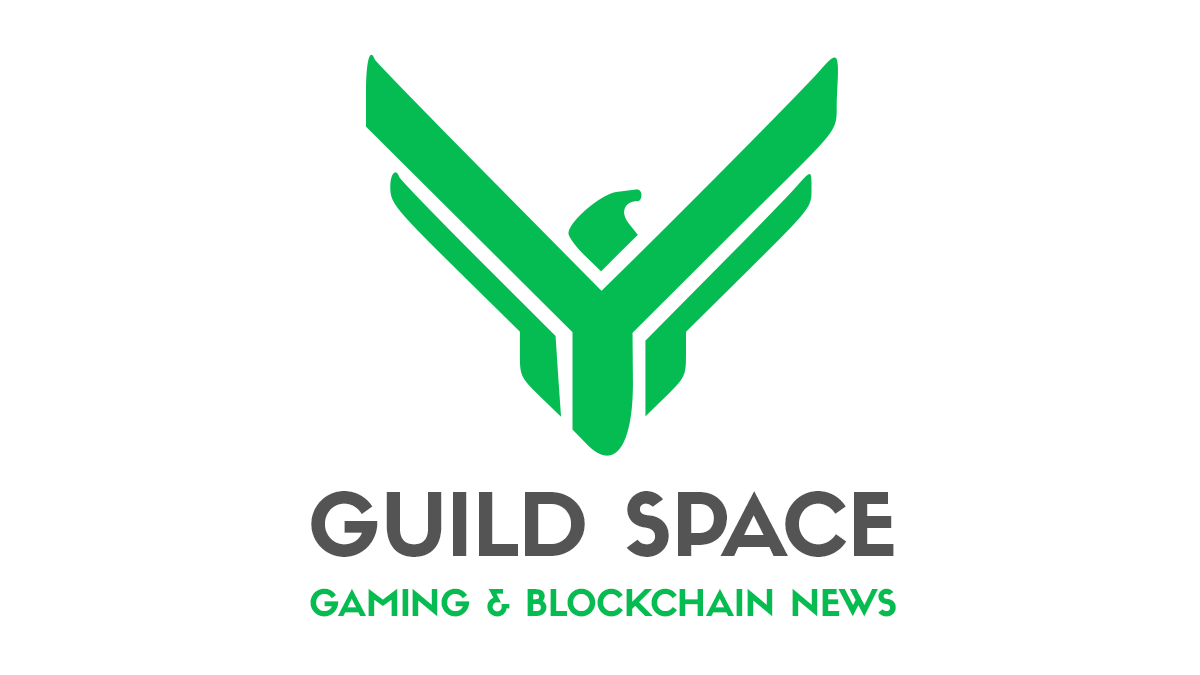Polkadot (DOT): A Comprehensive Overview


Polkadot (DOT) emerges as an advanced blockchain platform developed to enable cross-chain communication and streamline the creation of new blockchains. It addresses major challenges in the blockchain field, such as interoperability, scalability, and security. This article provides an in-depth look at Polkadot and its core features:
- Origins: Polkadot was conceived by Dr. Gavin Wood, who also co-founded Ethereum and developed the Solidity programming language. The project is supported by the Web3 Foundation, which is committed to advancing decentralized technologies.
- Interoperability: Polkadot’s design allows for seamless communication between various blockchains, making data and asset transfers across multiple networks possible and fostering innovation and collaboration within the industry.
- Scalability: Polkadot’s state-of-the-art architecture enables it to process a substantial number of transactions in parallel. This addresses the scalability issue that plagues many blockchain platforms, making Polkadot a suitable candidate for large-scale applications.
- Security: Polkadot employs a shared security model, ensuring all connected blockchains are protected from potential threats. This approach reduces the security maintenance burden on individual blockchains, allowing developers to focus on other project aspects.
- Governance: Polkadot’s on-chain governance model allows its community to actively participate in decision-making processes. This includes proposing platform improvements and voting on proposals to ensure the network evolves according to user needs.
- Staking: Users can engage in Polkadot’s staking mechanism as validators or nominators. Validators are responsible for confirming blocks and maintaining network security, while nominators support validators by delegating their DOT tokens. Participants are rewarded with a share of newly minted DOT tokens.
- Parachains and Bridges: Polkadot uses parachains and bridges to facilitate communication between different blockchains. Parachains are individual blockchains integrated within the Polkadot ecosystem, capable of exchanging data and transactions with other parachains. Bridges enable transactions between Polkadot and external blockchain networks like Ethereum or Bitcoin.
- Substrate Framework: Polkadot is built on the Substrate framework, providing developers with the necessary tools and resources to create custom blockchains. This enables easy integration with the Polkadot ecosystem and simplifies the development process.
- Ecosystem Expansion: Polkadot has attracted numerous projects and developers, resulting in a growing ecosystem. Notable projects include Acala Network, Moonbeam, and Kusama, which aim to bring various solutions such as DeFi, smart contract functionality, and a test environment to the Polkadot network.
- Market Performance: Since its launch, Polkadot’s native token, DOT, has displayed impressive growth and secured its place as one of the top cryptocurrencies by market capitalization.
On May 6, 2023, DOT’s price stands at $5.6538, with a 24-hour trading volume of $117,757,503 and a market capitalization of $6,678,917,893. These figures highlight the growing interest and adoption of Polkadot in the blockchain and cryptocurrency markets.
In conclusion, Polkadot (DOT) is a groundbreaking platform designed to foster cross-chain communication and standardize blockchain protocols. Its distinctive features, such as interoperability, scalability, security, and community governance, make it an appealing choice for investors, developers, and users. As the blockchain industry continues to expand and evolve, Polkadot may become a significant player in the cryptocurrency and blockchain technology arena.
Recent Posts
How to Manage an Online Community: Best Practices for Success
In today's digital age, online communities have become a pivotal aspect of brand building, marketing, and fostering user engagement. Proper…
The Future Smart Home: Automation, Energy Efficiency & Next-gen Technologies
Automation, Energy Efficiency, and Cutting-edge Technologies in Domestic Management. 1. Introduction In today's world, technology continues to become more integrated…
Building an Online Community: A Step-by-Step Guide
In today's digital age, online communities have become hubs for knowledge exchange, shared interests, and camaraderie. If you're thinking of…
Blockchain’s Revolution in Real Estate: Ushering in Transparency
Blockchain, originally known as the backbone technology of cryptocurrencies, holds potential far beyond the financial sector. One such area where…
Leveraging Graph Databases for Complex Data Structure Analysis: An Overview of Benefits and Application Methods
The contemporary data landscape is ever-expanding and becoming more intricate, and conventional analysis tools and methods often fall short in…
Leveraging Quantum Computers in Scientific Research: A Revolution in the World of Science
The emergence of the first working prototypes of quantum computers signaled a new era of scientific exploration. With a fundamentally…